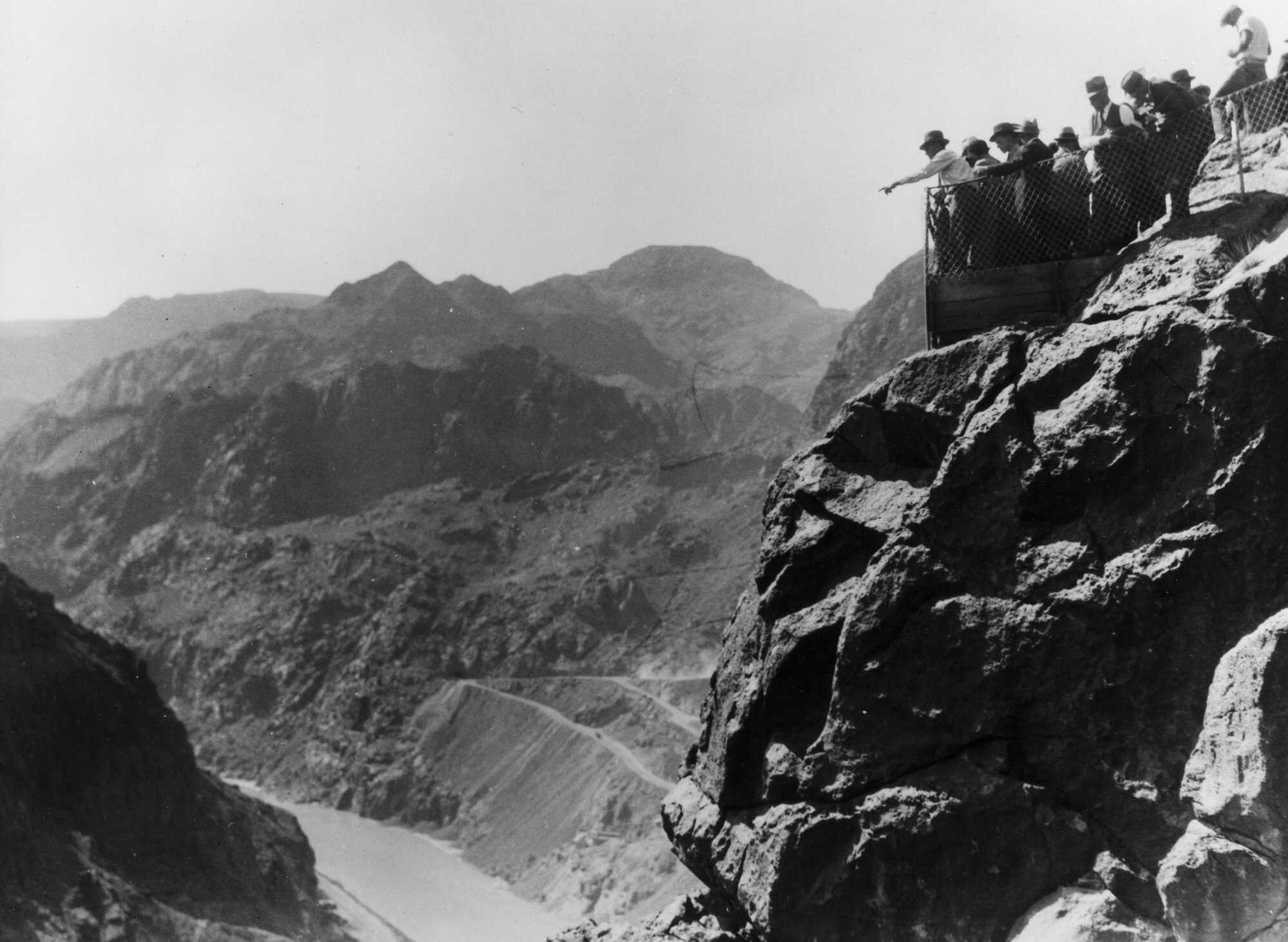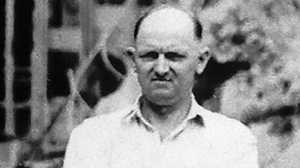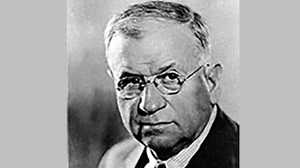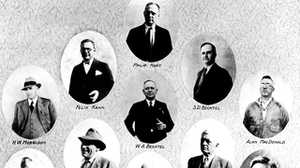Walker "Brig" Young

In January 1921, a full-scale testing program to dam the Colorado River got underway. The 1,400-mile-long river had become the obsession of the U.S. Bureau of Reclamation, the agency charged with finding a way to irrigate the arid West.
When the decision was made to dam the Colorado and distribute its water in every direction, survey crews were sent down the treacherous river to look for the best place to build what would be the largest dam in America. Leading the team of surveyors was a small, bespectacled man named Walker “Brig” Young.
Young had made a name for himself within the Reclamation Bureau from the time he joined it in 1911. He gained valuable experience in dam building by working on Arrowrock Dam in Idaho. In early 1921, Young led a team of 58 men as they prepared to camp out on the shores of Boulder Canyon. Each day the men would load into flat-bottomed boats, most powered by oars, and travel to various work sites in the watery canyon.
Young and his team had been assigned the task of selecting the best possible site for the dam. Through careful analysis, Young’s team determined that a site in Black Canyon would be best. The work performed by these men was not without dangers. Early in the expedition, a storm churned up the waters of the Colorado and produced turbulent swells. Workers were tossed from survey boats and barges. Young later remembered, “...the velocity of the water reached the point where it picked up the sand from the bed of the river and made it roll. It would break like ocean waves.”
The battle to tame the Colorado took a deadly turn early on. In December 1931, the swelling river tore a barge from its cable, smashing it to pieces and killing a driller.







